The common walnut is a medium-sized tree, easy to grow at the bottom of a fairly large garden. Its shade is quite dense, and its leaves should not be composted. But apart from that, it is a magnificent tree, planted to last, which offers its nuts only after 10 to 20 years, contained in a bug in the fall, capable of keeping for more than a year. There are nearly 15 species of walnut trees in the world, all of which produce edible nuts.
Human Health Benefits
These dried fruits rich in omega three are recommended in the fight against heart attacks and strokes, with a consumption of only 2 to 3 nuts per day. In addition to their lipid, fibre, and protein content, they contain minerals and vitamins, including vitamin E, recognized as a very powerful antioxidant to fight against cell deterioration. They also reduce the risk of type 2 diabetes and help fight colorectal cancer in women.
Origin
The walnut tree, which is part of the Juglandaceae family, is native to south-eastern Europe and temperate Asia.
Soil Type
It requires permanently fresh soil and thrives in fertile, light-textured alluvial soils. In the plains, opt for late varieties that are less sensitive to spring frosts which affect young shoots.
Physical Appearance
It forms a sturdy trunk topped with a stocky crown. Its dark wood is renowned for its hardness, finesse, and dark colour, as well as its burls are used in cabinetmaking. Its pubescent leaves have 7 to 9 dark green, almost oval leaflets that turn yellow in fall.
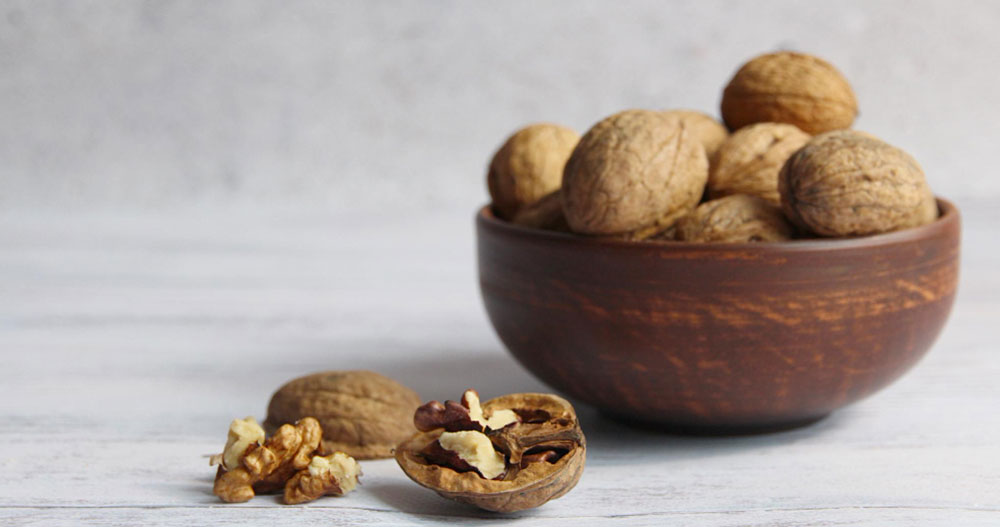
Description and Botany
The genus Juglans is part of the Juglandaceae family and includes about twenty species, originating from south-eastern Europe, eastern Asia, northern India, and North and South America. The common walnut, also called Royal walnut, Juglans regia, is native to a vast region stretching from south-eastern Europe to China. It is grown for both its nuts and its high-quality timber.
The royal walnut is a large tree with deep roots that resists extreme cold (-30°C) since it is found spontaneously in the foothills of the Himalayas. However, it does not like situations that are too hot, and its young shoots are sensitive to the frequent spring frosts in the valleys.
Its squat silhouette has the effect of a robust tree with strong branches, 15 to 20 m high and 9 to 18 m wide. Its growth is relatively slow because the tree reaches 10 m after 20 years. A good rich soil made up of alluvial deposits, fresh, calcareous, and well-drained, allows it to live for more than 200 years.
Young purplish-bronze leaves turn true green when ripe before turning yellow in fall. The alternate leaves, carried by a 3-4 cm petiole, have 5 to 9 pointed leaflets with an oval base, the terminal of which is more developed.
Flowering is clearly visible in spring – between April and June, depending on the variety – in the form of greenish-yellow male catkins measuring 5 to 10 cm long in a lateral position along the branches.
The rather insignificant female flowers appear at the ends in groups of 3 or 4. This tree needs a long establishment to start producing nuts, between 15 and 25 years, but there are fast-producing varieties, which flower after 5 to 7 years. The production is quite fluctuating depending on the year but can continue until the age of 70. It is advisable to plant another variety nearby to promote fertilization of the flowers because the male catkins do not ripen at the same time as the female flowers.
The spherical fruit, 4-5 cm in diameter, has a fleshy and smooth envelope, green in colour, very staining to the touch, called a husk, which contains a core corresponding to the nut with its beige shell. The fruit opens in the fall to release the seed, whose more or less hard shell is formed of two hemispheres with a sinuous surface. The broken nut reveals two whitish kernels covered with a slightly bitter beige film when the nut is fresh, making one think of the brain’s hemispheres. They are eaten fresh, dried, grated, or pressed for oil production.
The American black walnut (Juglans nigra) is a tree also appreciated for its nuts and the quality of its wood. It has the advantage of resisting root rot (armillaria).
According to the theory of signatures, very fashionable in the Middle Ages, nature would give us the keys to knowledge through its physical appearance. Men have thus rightly imagined that the consumption of nuts was beneficial for the brain by referring to the appearance of two sinuous hemispheres of the seed.
Plantation
Where to Plant Walnut?
Plant the Walnut tree in isolation, in a sunny position, not too windy, in deep and rather loose soil so that it can spread its roots even if it tolerates clay.
The walnut fears both stagnant humidity and prolonged droughts. Provide it with cool, deep, well-drained, even limestone soil. Despite its excellent hardiness (-25°C), too cold a winter limits fruiting and can weaken the tree. It is sensitive to late frosts.
When to Plant?
Prefer autumn October-November to plant your walnut trees or March-April.
How to Plant?
This plant is easy to grow, but you should know that nothing grows under its foliage because of the production of juglone, an aromatic compound toxic to most plants. The shadow of this plant is dense. They say you shouldn’t fall asleep at the foot of a walnut tree at the risk of catching a cold!
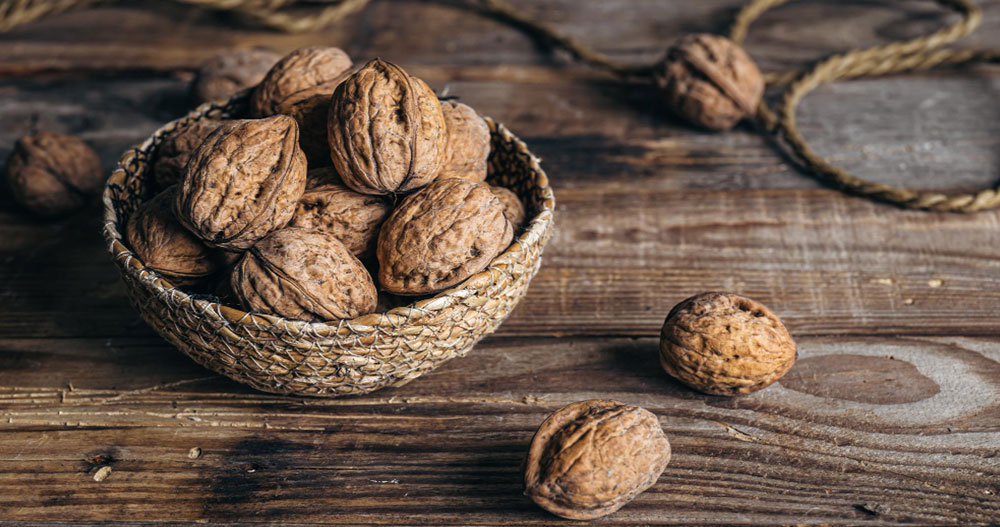
Allow a distance of 8-10 m between each walnut tree.
- Make a nice planting pit at least three times the width of the root ball.
- Immerse the pot in a bucket of water to moisten it well.
- Bring a few shovelfuls of sand and gravel to ensure good drainage around the roots as well as compost to lighten the soil. In too acidic soil (pH less than 6.5, add dolomite or ash)
- Plant a stake away from the root ball.
- Install the plant in the planting hole, avoiding burying the collar.
- Replace the soil and tamp lightly.
- Tie the trunk of the walnut tree to its stake without tightening too much.
- Water, then mulch.
Walnut, In a Nutshell
- The walnut forms a stocky tree about 15 m high of great longevity
- It bears large compound leaves and produces dried fruits and nuts, rich in oil, excellent for health.
- Very hardy, walnut grows in cool climates with sunny exposure on calcareous to neutral soil.
- Plant 2 varieties to get a better harvest suitable for your region.
Harvesting and Storing Nuts
The walnut, Juglans regia L., is a tree that grows easily in temperate climates. It is, therefore, very present in our gardens, appreciated for its majestic habit and its delicious shelled oleaginous fruit: the walnut.
Here are all our tips for harvesting and storing walnuts in order to enjoy their benefits over several months!
Harvesting Walnuts: Period and Method
When To Harvest Walnuts?
Green walnuts are harvested before maturity, that is to say, when the nut is still at the embryo stage, and the husk (its protective rind) forms a soft, closed shell around the fruit.
Mature nuts are harvested when the husk turns from green to brown and bursts, allowing the nut to escape and fall to the ground. The walnut harvest is thus spread over a relatively short period, that is to say, from mid-September to the end of October or even until November. A duration that fluctuates according to the years, regions, and varieties.
How to Harvest Walnuts?
Once the nuts have fallen to the ground, all you have to do is bend down to pick them up. Be careful; the nuts must then be harvested as quickly as possible in order to limit the duration of their stay on the ground and thus limit the risk of microbial contamination.
Storing nuts after harvest
Fresh Nuts
Walnuts that are still fresh offer tender flesh and a subtle, fresh, sweet, and fruity fragrance, totally different from the texture and flavour of dry walnut kernels. They are eaten here quickly after picking because of their very short shelf life, between 24 and 48 hours.
- Start by removing the remaining husk and cleaning the hulls.
- Keep the fruits intact in their shells and place them in the crisper drawer of the refrigerator.
- Or, peel the fruit and place the kernels in an airtight container before putting them in the fridge.
You can also freeze your fresh nuts to keep them longer. You can then place the fruits in the freezer with their shells or shell them and place them in an airtight container before freezing them.
How to Dry Walnuts?
Drying the nuts allows them to be stored for several months in a cool, dry place. To extend their shelf life beyond a year, place them in an airtight container containing coarse salt. Alternately install a layer of walnuts for a layer of coarse salt, and finish by replacing the lid of the container (pot, jar, etc.)
Note that before being dried, the nuts must be very clean. To do this :
- Spread the nuts out in a dry, airy place to dry out the remaining husk. The nuts should not be piled up but be placed next to each other to ensure their ventilation.
- Then remove the very dry husks in order to keep only the shells of the nuts.
- Be sure to clean the nuts thoroughly with a small brush so that nothing remains on the shell.
There are then three different methods to dry your nuts.
Drying Nuts in Crates
- Arrange the nuts with their shells in crates, such as those used by your greengrocer. Wooden wine boxes are also perfect for this type of use.
- Then install the crate outside for a few weeks, in a shaded location well sheltered from the weather.
The Drying Of Walnuts in a Net
You can also dry your nuts in a large potato net.
- Fill it two-thirds full with your nuts, and hang it outside.
- Again, the chosen location should be well-shaded and sheltered from moisture.
- You can also install the walnut net in a dry and ventilated garden shed.
- Be sure to stir the nuts from time to time in their net.
Drying Nuts in the Sun
- Opt for a sunny spot and lay a large sheet on the floor.
- Spread your walnuts on it, and let them dry for several days.
- Bring in the nuts every evening before the humidity falls.
Use Nuts After Harvest.
Walnuts are oleaginous nuts that are very energy-rich and very rich in lipids. They are also a source of vitamins E, B3, B5, and B6, potassium, magnesium, phosphorus, and fibre. Finally, their oil has a high content of polyunsaturated fatty acids.
In summary, walnut has recognized antioxidant properties. It is used in particular to help lower blood cholesterol levels.
Use of Green Walnuts
Green walnuts offer a very particular flavour and are widely used in the gastronomy sector. They are thus traditionally used in candied walnuts or to prepare walnut wine. They are also used in the preparation of jam, chutney, and pickled pickles.
Use of Fresh Nuts
Fresh walnut kernels can be eaten directly out of the shell but also in salads or in sweet and savoury dishes.
Use of Dry Nuts
Dried nuts are arguably the most versatile, used savoury as well as sweet.
- Dried walnuts are used to produce walnut oil. This is then stored in the refrigerator to prevent it from going rancid.
- Once peeled, the kernels can be used to decorate various salads (endive, lettuce, lamb’s lettuce, young spinach leaves, etc.) They are used crushed in poultry stuffing or to replace pine nuts in basil pesto. Walnut kernels are also perfect to accompany cheese.
- In sweets, the nut is used to prepare various cakes, cakes, muffins, pudding, muesli, etc.
Adnoor is the place to get the best quality nuts, basmati rice, dried fruits, and seeds. We have been the importers, exporters, wholesalers, distributors, and co-packers of various nuts and grains in Canada for the last 25 years.

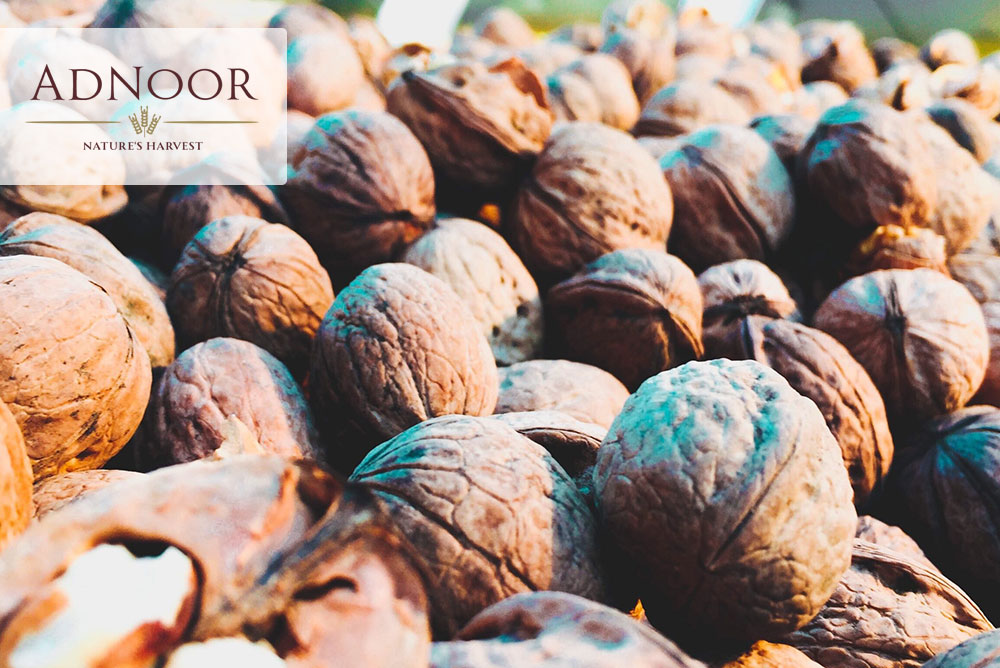


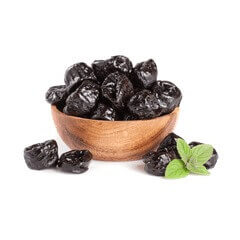

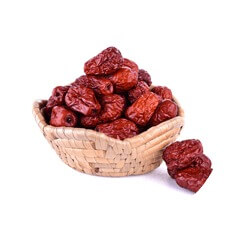
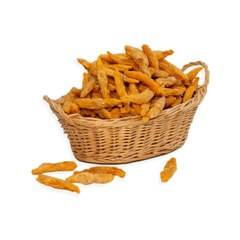
Exploring Canada’s Dry Fruits for a Healthy Delight - Adnoor
June 16, 2023[…] best dry fruits, not only for their exceptional taste but also for their remarkable health benefits. With a focus on providing nutritious options, Adnoor.ca ensures that each dry fruit offers a […]